It was a beautiful day in early September when with a group of friends I visited a co-operative winery in the heart of the Corbières. I had heard some great things about Castelmaure and so we headed for the village of d’Embres-et-Castelmaure which is located in the crumple zone of the Pyrenees where a myriad of soil types were thrust into light millions of years ago. As we got nearer to the village we passed ancient vines with trunks as thick as your thigh growing on glistening mineral rich schist and limestone soils. The Corbières is a wild and rugged land that holds a thousand terroirs. Vines have been growing here for centuries side by side with ancient olive trees surrounded by craggy mountains and hillsides smothered in scented garrigue. Nothing else can grow here, the soil is not farming land, no corn could cling to this rock, orchards could not yield juicy fruit in this dry and arid landscape.
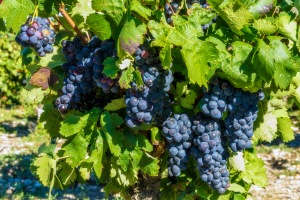
Photography by Images that Go BAM
The co-operative was easy to find in the centre of the village and we were welcomed by the director Monsieur Pueyo. I giant bear of a man with a gentle and calm air about him and he generously gave his time to tell us a little about Castelmaure. Although it began in 1926 in the last 35 years things have changed quite a lot. He talked firstly about the terroir, pointing out of the window at the craggy hillsides that surround the tiny village. The rocky landscape is planted with small patches of vines hugging the contours of the land, much of it very steep making it impossible to machine harvest. He spoke quite poetically about the land describing the schist and Calcaire (limestone) as delicate and robust and just like their church of St Felix that nestles amongst the vines, it is modest yet rigorous.
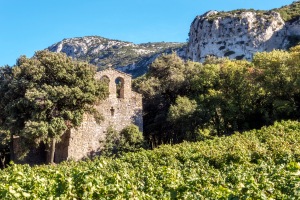
Photography by Images that go BAM
He then spoke about the human side of things, for people too are an important part of terroir. The people who farm this land do not come from the other side of the world, they are from here. They are like a Rugby team wearing the same jersey. They were born here, they live their lives here, bring their children into the world here and eventually die here, happy.
35 years ago when the new thinking began to take place here the goal from the start was to produce quality, fine wine. There are currently 64 vignerons and they are the owners of the affectionately called Coopé. It is necessary for many of them have a main job and care for the vines at weekends but seventeen of them are professional and their children are following in their footsteps. To begin with all of them had to find work outside of the village in cities and towns, normal work such as at a desk or with SNCF. Now that the Coopé is successful they are coming back to live in the village. ‘Why would you not want to?’ he asked bringing a tear to my eye.
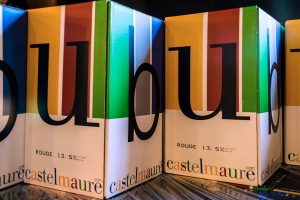
Photography by Images that go BAM
The tasting room also demonstrates how this co-op is moving with the times. The wines are kept in a wine conserver system that uses inert gas to stop oxygen harming them once they are open. The range is fairly large and includes a delicious white made from Grenache Blanc, Maccabeo and Vermentino, a well-chosen combination of grapes that produces a zesty refreshing wine ideal as an aperitif or with fish. The rosé was also good, fruity but not a fruit bomb and bone dry just how I like them. Then I went on to taste all 9 red cuvées which just got better and better with each one. Prices are good too ranging from about €4 up to a little over €20 with all prices in between.
The atmosphere at this little out-of-the-way and hidden corner of the Corbières is surprisingly modern and upbeat. The use of colour, the Languedoc stripes, both inside and out and on some of the bottles along with other surprisingly modern labelling, brings a realisation that this place is alive and kicking in the 21st century. This land might be ancient, the vineyards old and set in a landscape from the times-past but the beating heart of Castelmaure sends a message loud and clear – we are no ordinary co-operative.
Posted by Vin-Blonde! | Filed under Food & Wine, Languedoc-Roussillon, Vineyard Tours, Wines I love


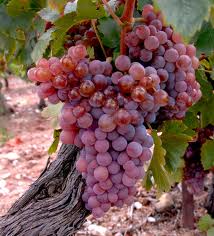
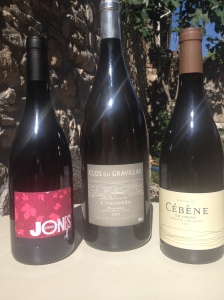
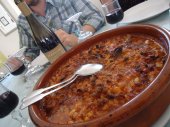
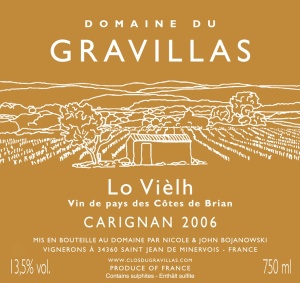
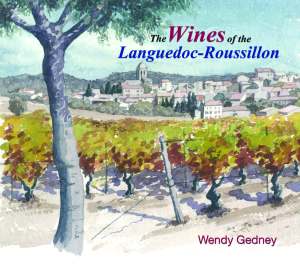
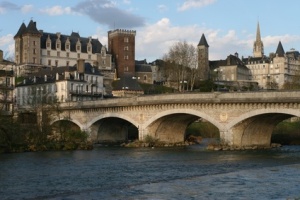
![1[1]](https://winesandvines.files.wordpress.com/2012/12/11.jpg?w=300&h=198)
![pict01[1]](https://winesandvines.files.wordpress.com/2012/12/pict011.jpg?w=300&h=193)
![domaine-cauhape[1]](https://winesandvines.files.wordpress.com/2012/12/domaine-cauhape1.jpg?w=300&h=200)

![terres-de-memoire-jurancon-moelleux-2008[1]](https://winesandvines.files.wordpress.com/2012/12/terres-de-memoire-jurancon-moelleux-20081.jpg?w=300&h=300)

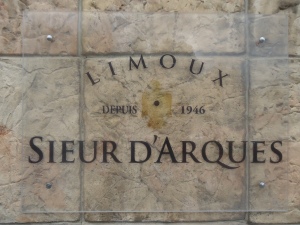

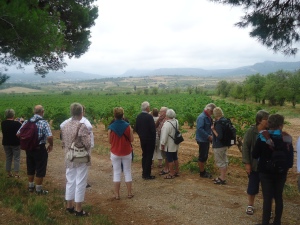
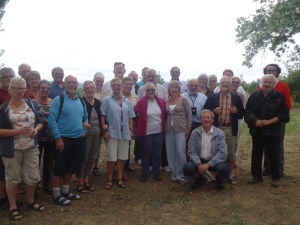

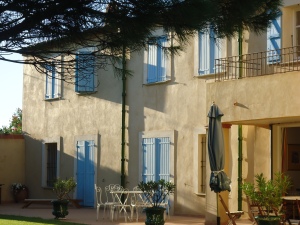



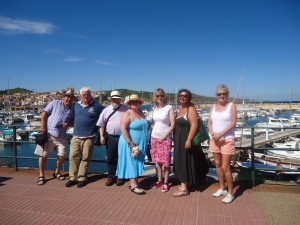
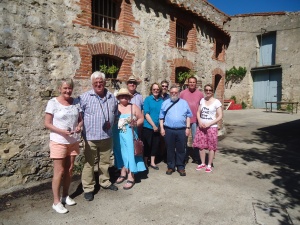
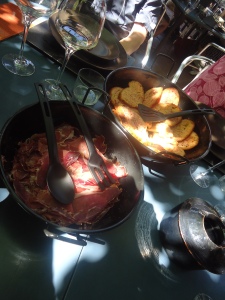


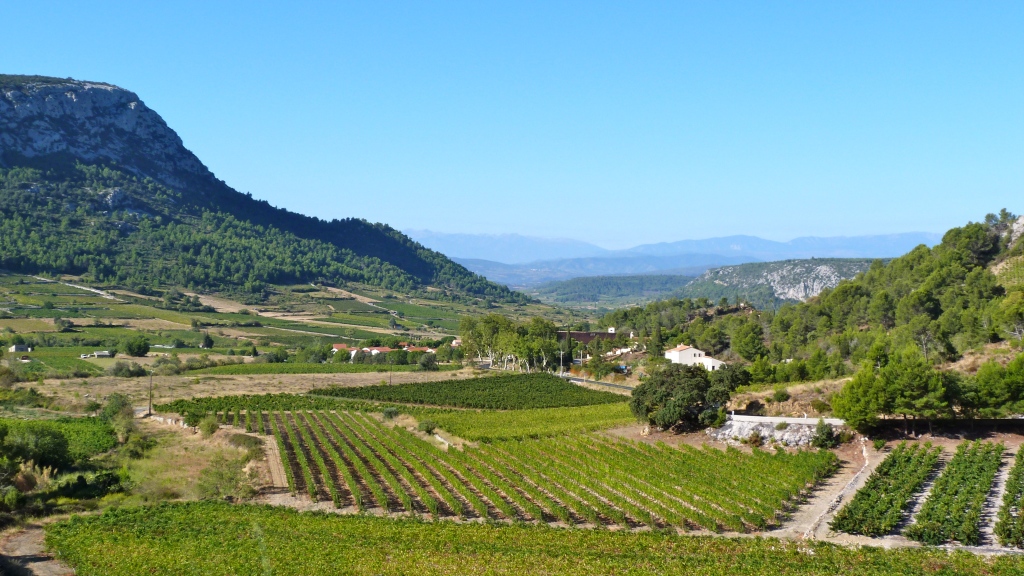
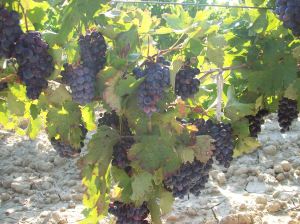
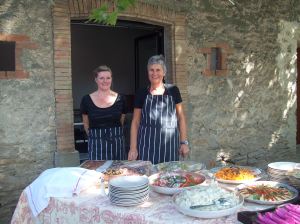
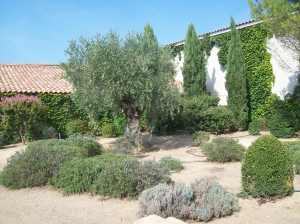
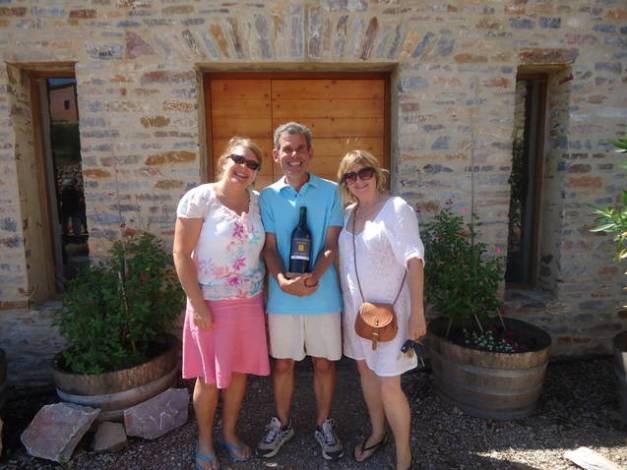
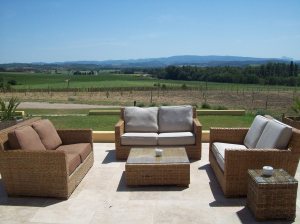
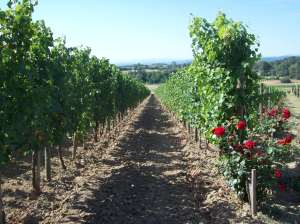

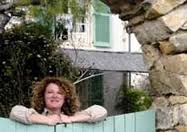
![pic-Press[1]](https://winesandvines.files.wordpress.com/2012/07/pic-press1.gif?w=529)
![BrigitteChevalier-a[1]](https://winesandvines.files.wordpress.com/2012/07/brigittechevalier-a1.jpg?w=529)
![321-2[1]](https://winesandvines.files.wordpress.com/2012/07/321-21.jpg?w=529)